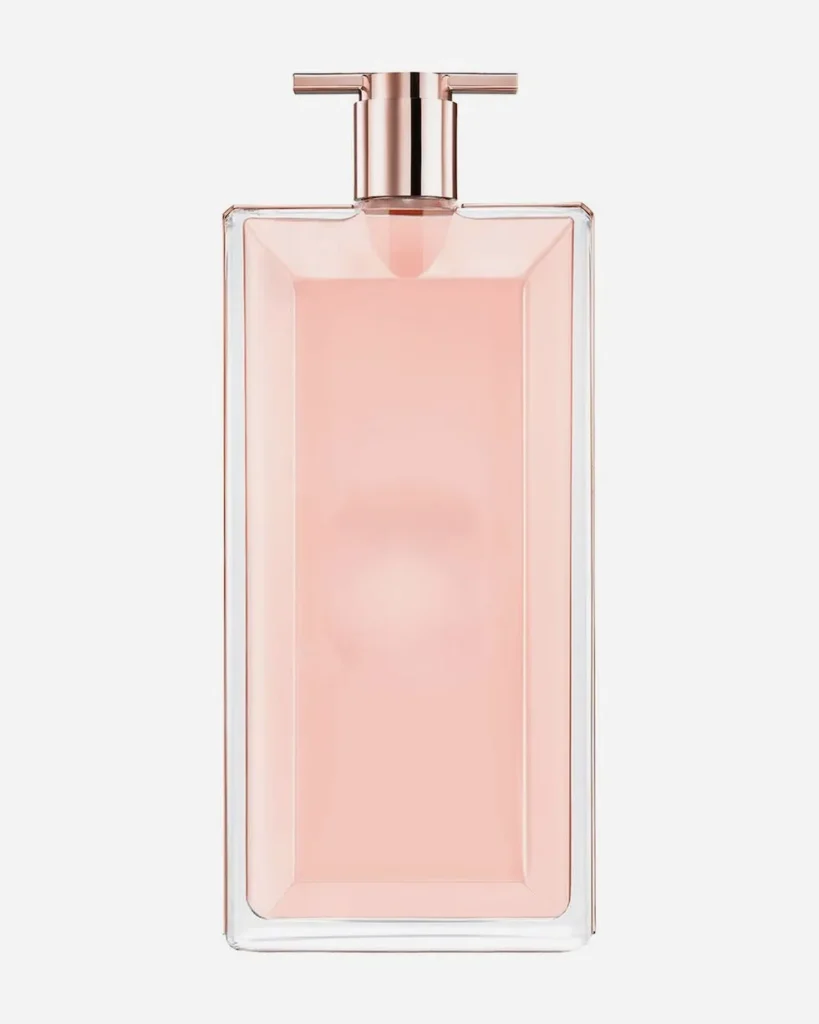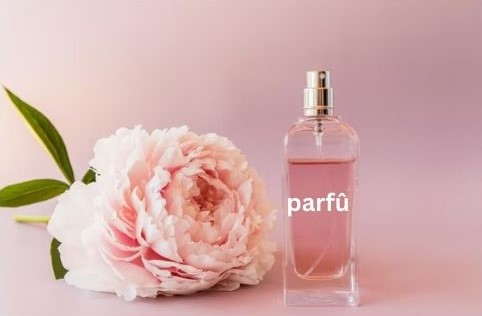Introduction
The term Parfû also refers to an art, a cultural phenomenon, and a personal declaration. The scent element is one that evokes memories, changes moods, and even shapes social interactions. In this rather in-depth study of the subject, we will venture into the parfû-banned concepts, histories, types, tricks of selection, application techniques, and more. Whether you are an enthusiast or a novice, this will expand your knowledge and appreciation for parfû.
A Brief History of Parfû
Perfû is another portion of the story of thousands of years; its culture abounds within the silken tapestries of cultures all over the world. The word perfume itself comes from the Latin phrase “per fumum,” which means through smoke, thus a root in rituals and ceremonies.
Ancient Civilizations and the Origins of Scent
Fragrances were reported to have been used for ages by ancient Egyptians where it played a big role in the daily lives of people and practices. There, they prepared fragrances made from aromatic substances such as myrrh and frankincense into perfumes. Perfumes were essentials of the spirituality for Egyptians, as they believe that it could connect them to god, and they mostly applied perfumes to honor the dead during burial.
The Rise of Parfû in Greece and Rome
The Greeks and Romans advanced the art of parfû to further extents. They found that the Greeks incorporated the use of fragrances in their social customs and even had philosophers, such as Aristotle, writing about the importance of scent. Roman perfumeries started exporting their fragrances across the empire and perfumes became the symbol of wealth and status.
The Renaissance and the Birth of Modern Parfû
The Renaissance marked a significant turning point for parfû. Italy became a hub for fragrance creation, with artisans developing complex scents that catered to the elite. During this time, the use of essential oils and distillation methods became more refined, laying the groundwork for modern perfumery. By the 17th century, France emerged as the leading center for parfû production, a status it continues to hold today.
Also read: Achilles Heel Suede SPC
Understanding the Types of Parfû
Choosing the right parfû involves understanding the different types available, each with its unique characteristics and concentrations.
Parfum (Extrait de Parfum)
Parfum, also known as extrait de parfum, is the most concentrated form of fragrance, containing 20-30% aromatic compounds. This high concentration makes it the longest-lasting option, with scents that can linger for up to 24 hours. Because of its potency, parfum is typically more expensive and is ideal for special occasions or evening wear.
Eau de Parfum (EDP)
Eau de Parfum (EDP) contains a fragrance oil concentration of 15-20%. While slightly less potent than parfum, EDP still offers impressive longevity, lasting around 6-8 hours. This balance of intensity and wearability makes it a popular choice for both day and evening use.
Eau de Toilette (EDT)
Eau de Toilette (EDT) has a lower concentration of fragrance oils, typically between 5-15%. EDT is lighter and fresher, making it suitable for everyday wear. Its scent usually lasts about 4-6 hours, making it ideal for casual settings or warmer climates.
Eau de Cologne (EDC)
Eau de Cologne (EDC) contains 2-4% aromatic compounds, making it one of the lightest fragrance options available. It lasts around 2-3 hours and is often used for a refreshing burst of scent, perfect for layering or as a pick-me-up during the day.
Eau Fraîche
Eau Fraîche features an even lower concentration of fragrance oils, usually less than 3%. Similar to EDC, it often contains more water than alcohol, resulting in a very light and fleeting scent. This type is excellent for those who prefer subtle fragrances.
Selecting Your Perfect Parfû
Finding the right parfû can be an exciting yet overwhelming experience. Here are some essential tips to help you navigate the selection process.
Know Your Fragrance Families
Fragrances are often grouped into families based on their predominant notes. Familiarizing yourself with these families can help you identify scents you may enjoy.
- Floral: These fragrances are characterized by floral notes such as rose, jasmine, and lily. Floral scents are often considered romantic and feminine.
- Woody: With notes like sandalwood, cedar, and vetiver, woody fragrances evoke warmth and sophistication. They can be both earthy and elegant.
- Oriental: Exotic and rich, oriental fragrances combine spices, resins, and warm notes like vanilla, offering a sensual experience.
- Fresh: Fresh fragrances include citrus, green, and aquatic notes. They are invigorating and perfect for those who prefer light and clean scents.
Consider the Occasion
Your choice of parfû may also depend on the occasion. For daily wear, you might prefer a lighter EDT or EDC, while for formal events, a more intense EDP or parfum may be appropriate.
Test Before You Buy
Always test a fragrance on your skin before purchasing. Body chemistry can significantly alter how a scent develops over time. Visit a parfû store, spray a few options on test strips or directly onto your skin, and allow them to settle for a while before making a decision.
Tips for Making Your Parfû Last Longer
Once you’ve chosen your ideal parfû, you’ll want to ensure it lasts throughout the day. Here are some practical tips to enhance the longevity of your fragrance.
Proper Storage Techniques
Store your parfû in a cool, dark place away from direct sunlight and extreme temperatures. Heat and light can deteriorate the fragrance compounds, altering the scent.
Application Strategies
The way you apply your parfû can impact its lasting power. Focus on pulse points—areas where blood vessels are close to the skin’s surface, such as your wrists, neck, and behind your ears. These areas emit heat, helping to diffuse the scent. Avoid rubbing your wrists together after application, as this can break down the fragrance molecules.
Layering for Enhanced Scent
Consider layering your fragrance with matching products, such as scented lotions or body washes. This technique helps to build a more complex scent profile and extends the wear time of your parfû.
Hydrate Your Skin
Applying parfû to well-hydrated skin can significantly enhance its longevity. Use an unscented moisturizer to create a base for your fragrance, allowing it to adhere better and last longer.

The Art of Blending Parfû
Creating your unique fragrance by blending different scents can be a rewarding experience. Here’s how you can get started.
Basic Blending Techniques
Begin with two or three fragrances that you enjoy. Apply each scent to different pulse points, allowing them to interact naturally on your skin. Alternatively, you can mix small amounts of each fragrance in a spray bottle for a personalized blend.
Experimenting with Notes
Don’t be afraid to experiment with various fragrance notes to create a well-balanced blend. For example, combining a floral scent with a woody base and a hint of citrus can yield a fresh yet sophisticated fragrance.
Parfû in Different Cultures
Parfû has played a significant role in various cultures worldwide, often symbolizing social status, spirituality, and identity.
Middle Eastern Traditions
In Middle Eastern cultures, parfû is an essential part of daily life. Traditional scents such as oud and attar hold deep cultural significance and are often used in religious practices and social gatherings. The art of perfumery in this region is not only a craft but a reflection of hospitality and respect.
French Influence on Parfû
France is synonymous with luxury and refinement in the world of parfû. The city of Grasse is recognized as the perfume capital, where artisanal techniques have been perfected over generations. French perfumes often emphasize elegance and sophistication, making them a staple in high fashion and beauty.
Asian Perspectives
In many Asian cultures, parfû is intertwined with traditional practices. In Japan, the art of Kodo emphasizes the appreciation of incense and fragrant woods, while in India, attars and essential oils are integral to both daily life and ceremonial rituals. These practices highlight the significance of scent in cultural heritage.
The Future of Parfû
The parfû industry continues to evolve, influenced by changing consumer preferences, technology, and sustainability concerns. Here are some emerging trends shaping the future of parfû.
Sustainable Practices
As consumers become increasingly aware of environmental issues, the demand for sustainable and eco-friendly parfû is on the rise. Brands are now focusing on ethically sourced ingredients and environmentally conscious packaging solutions.
Technological Innovations
Advancements in technology are also making their mark on the parfû industry. Artificial intelligence and machine learning are being utilized to create personalized fragrances tailored to individual preferences and body chemistry. Furthermore, innovations in synthetic biology are enabling the development of unique fragrance molecules, expanding the possibilities in scent creation.
Conclusion
Parfû is far more than a simple fragrance; it is a powerful form of self-expression, a gateway to memories, and a reflection of cultural values. Whether you are exploring the historical significance of parfû, discovering the nuances of different fragrance families, or experimenting with creating your own unique scent, the world of parfû offers a rich tapestry of experiences. Embrace the allure of parfû and let its enchanting essence elevate your everyday life, making each moment more memorable and personal.
